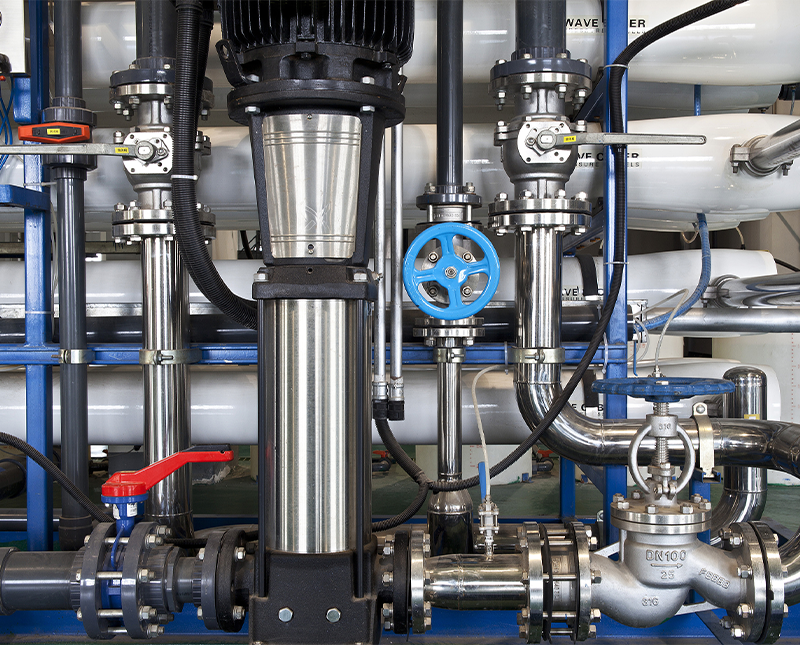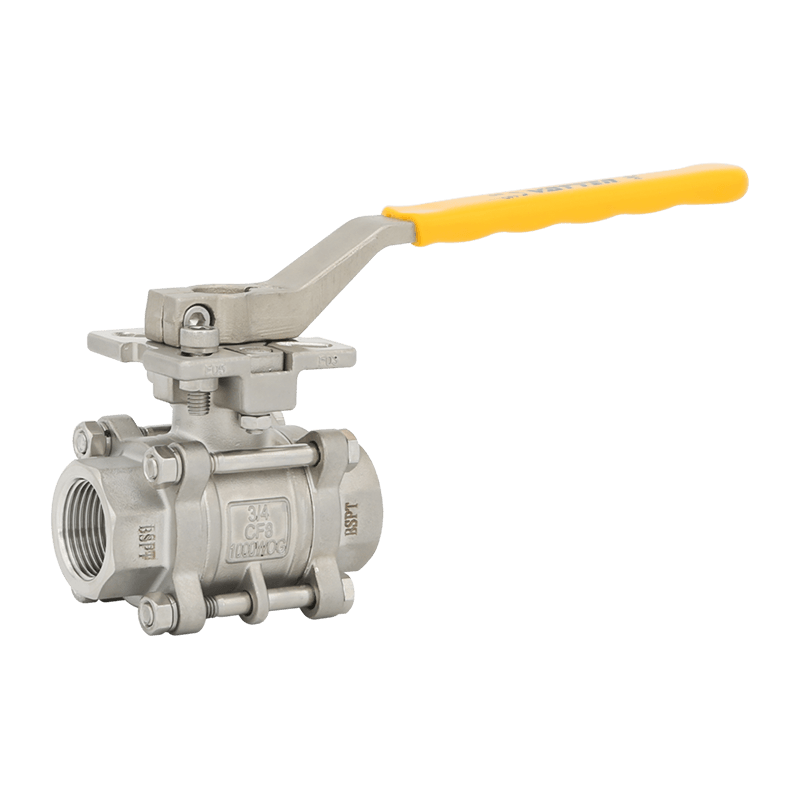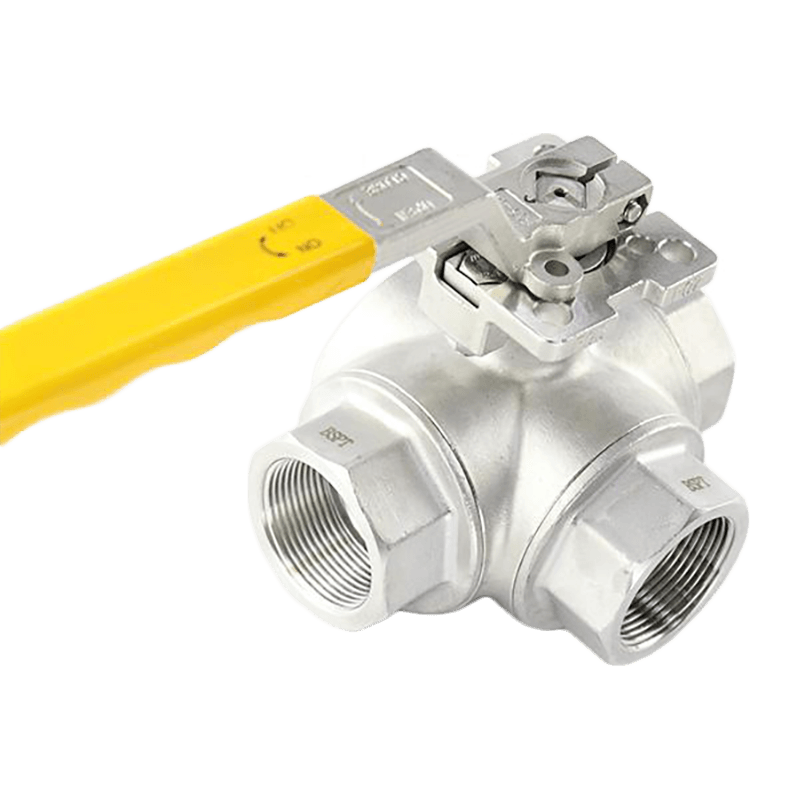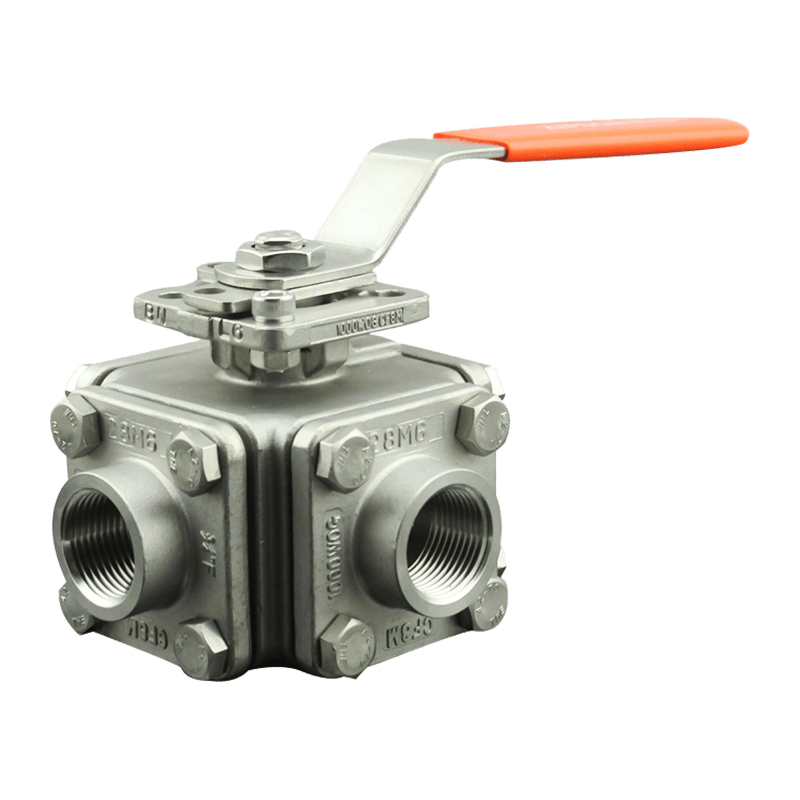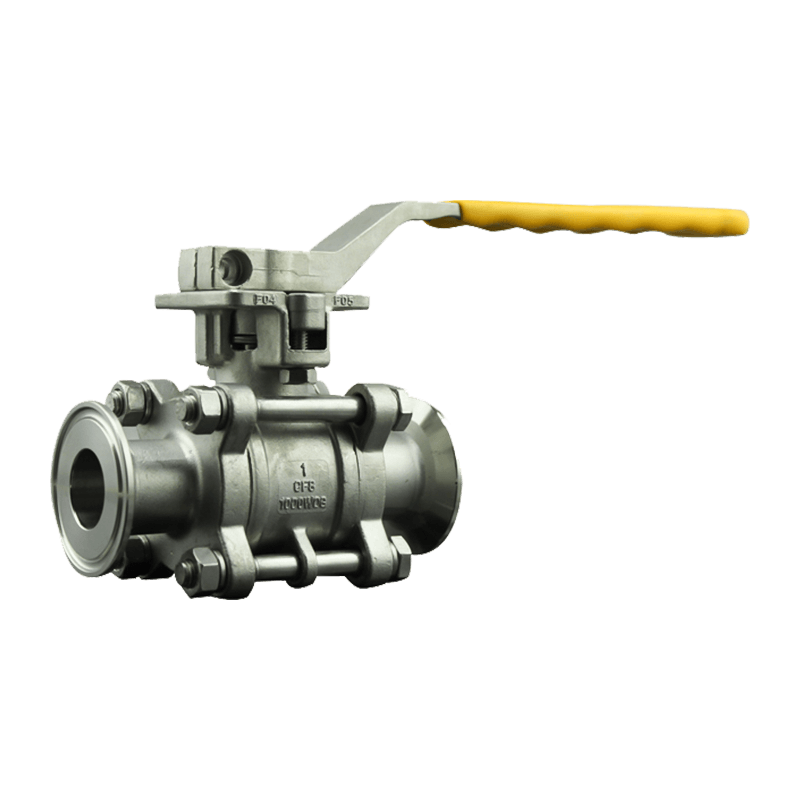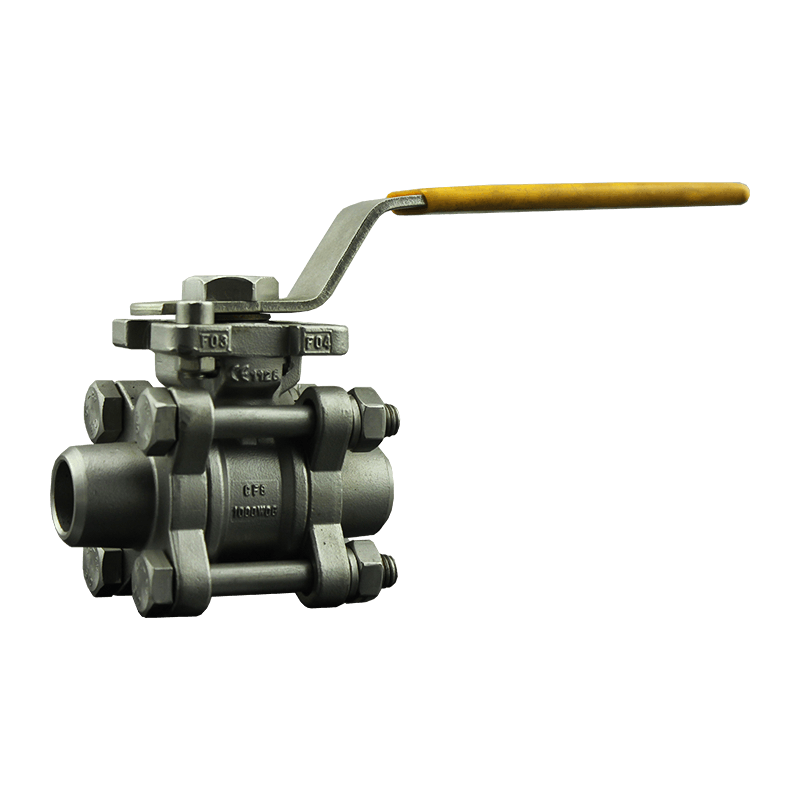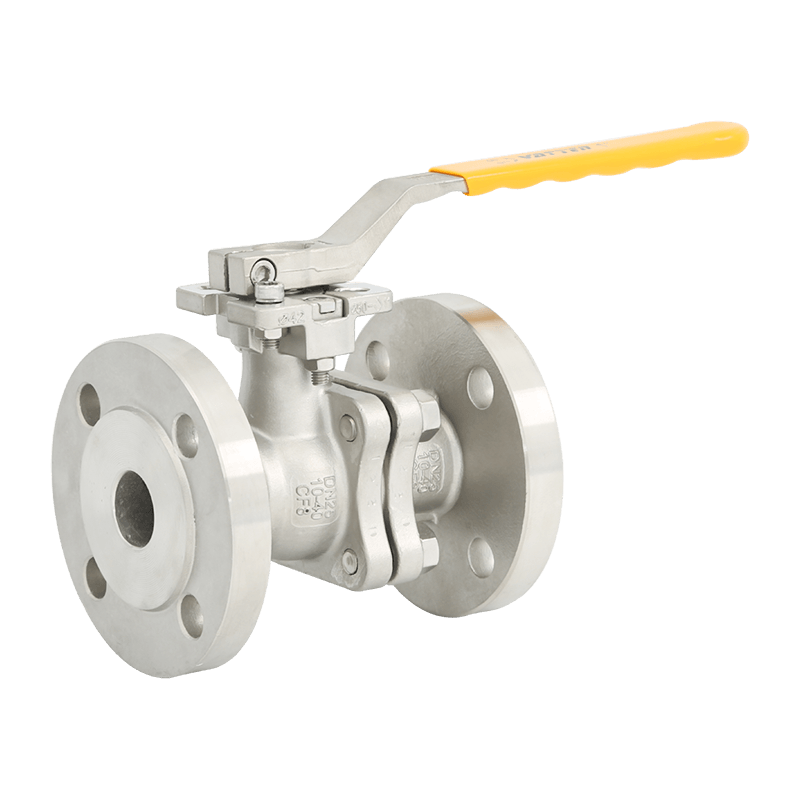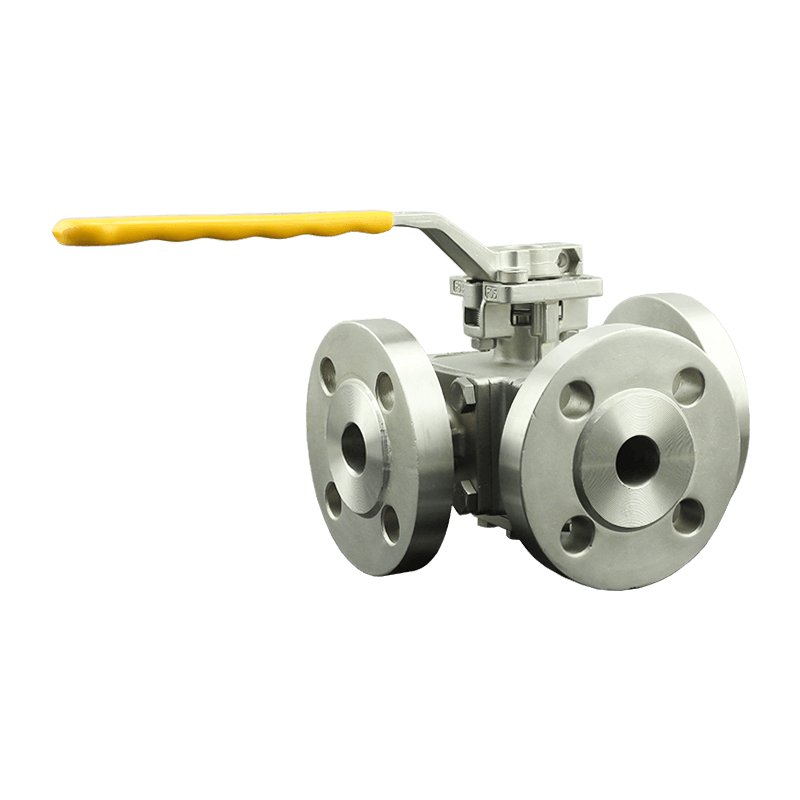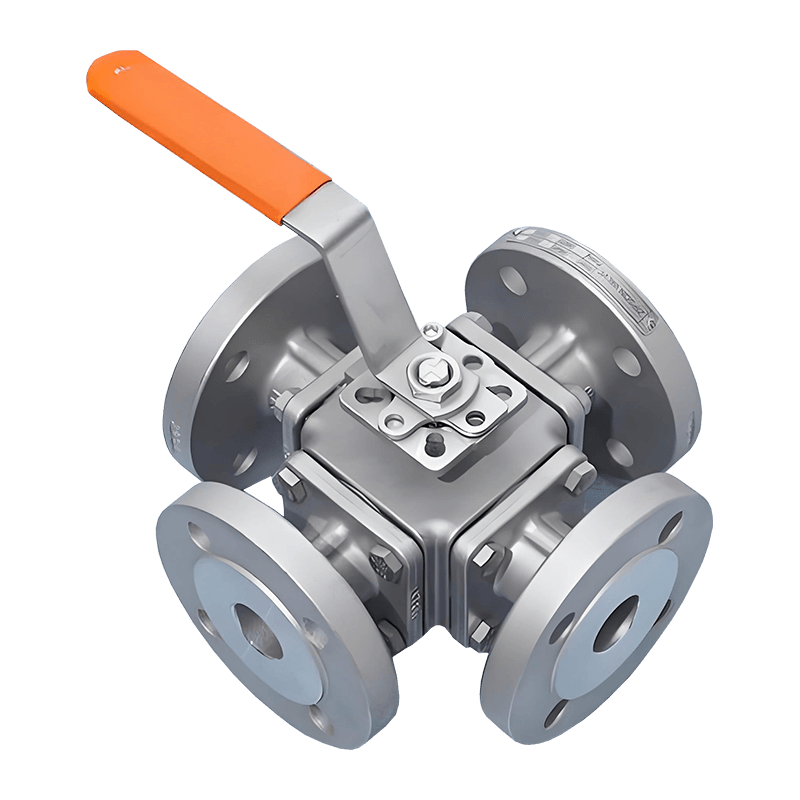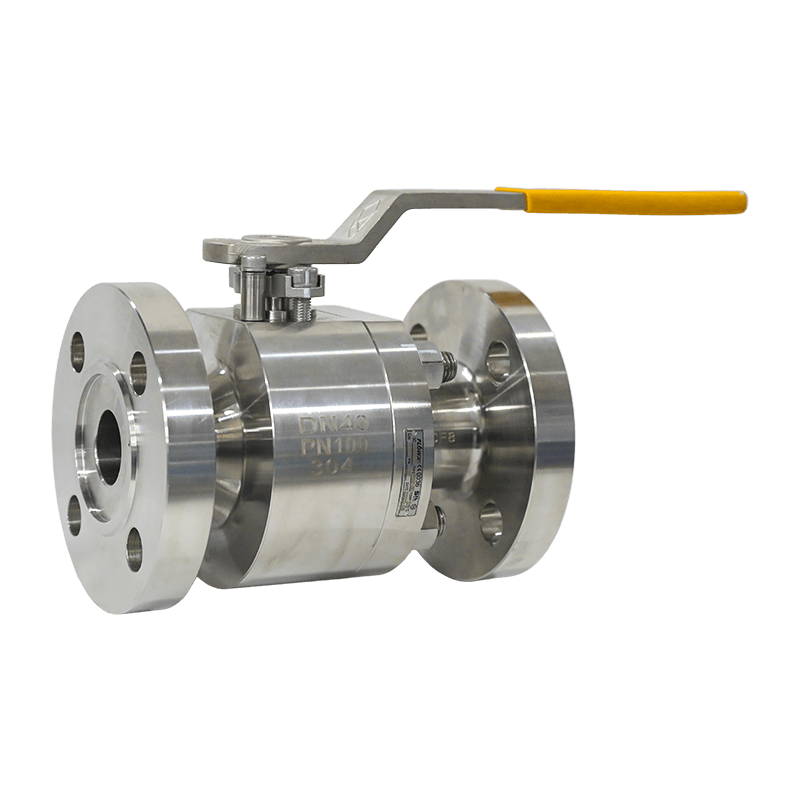Understand the Operating Conditions
Accurate selection of a manual gate valve starts with a detailed review of the pipeline’s operating conditions. Factors such as maximum and minimum pressure, temperature range, flow media (liquid, gas, slurry) and presence of contaminants all influence valve performance and longevity. For example, a water‑line application with moderate pressure may use a standard cast iron gate valve, but a steam line at elevated temperatures will require more robust materials and higher pressure ratings.
Match Valve Material to Media and Environment
Choosing the correct valve material ensures compatibility with the media and the environment. Materials must resist corrosion, erosion and thermal effects. Common materials include cast iron, carbon steel, stainless steel, bronze and alloy steel. For corrosive or high‑temperature media, stainless or alloy steels are preferred. Material compatibility also involves checking seals and seat materials.
Select the Right Valve Size and Connection Type
Valve size and end connection type impact flow efficiency and ease of installation. The valve bore must match or exceed the pipeline diameter when full flow is required. Connections such as flanged, threaded, welded or butt‑weld are chosen based on the system design and pressure class. Incorrect sizing can lead to excessive pressure drop, turbulent flow or operational instability.
Evaluate Operational Mechanism: Rising Stem vs. Non‑Rising Stem
One important operational attribute is the stem design. Rising stem gate valves provide visible indication of valve position as the stem moves vertically when opening or closing. They are suitable when space above the valve is available and position indication matters. Non‑rising stem designs require less overhead clearance, are better for underground or confined installations, but may require additional indicators to display open/closed status.
Compare Wedge and Seat Designs for Performance
Wedge Type Selection
Gate valves may use different wedge configurations: solid wedge, flexible wedge or split wedge. Solid wedges are simple and robust but less forgiving under thermal cycles. Flexible wedges provide compensation under temperature changes, reducing seat misalignment. Split wedges are useful when seat distortion or heavy thermal stress is expected.
Seat Material and Sealing Considerations
Seat material affects sealing integrity and maintenance. Metal‐seated valves handle high temperature/pressure but require precise machining. Resilient seated valves offer low leakage for moderate conditions. Ensure the seats match the media, temperature and pressure to avoid frequent maintenance or early leakage.
Assess Long‑Term Maintenance and Lifecycle Costs
Beyond initial purchase cost, evaluate maintenance requirements, spare part availability and service life. Consider factors such as accessibility for inspection, frequency of cycling, ability to replace seats or packing, and environmental conditions that might accelerate wear. Investing in a more durable valve may reduce downtime and lifecycle cost.
Use a Comparison Table to Clarify Key Selection Parameters
| Parameter | What to Check | Why It Matters |
| Pressure Rating | Max operating pressure, safety margin | Prevents leakage or valve failure under extreme loads |
| Media & Temperature | Type of fluid, temp range | Ensures material compatibility and structural integrity |
| Valve Size & Connection | Nominal size, flange/thread type | Impacts flow efficiency and installation ease |
| Wedge/Seat Design | Wedge type, seat material, sealing style | Affects sealing performance and service life |
| Maintenance & Cost | Spare parts, access, lifespan | Influences total cost and downtime risk |
Collaborate with Trusted Manufacturers and Suppliers
When you choose a manual gate valve, working with an experienced manufacturer ensures access to detailed specification support, proper documentation and quality assurance. In the case of Vatten, their global manufacturing and support network provides reliable valves and technical guidance for various industries. Always request test certificates, material traceability and service data to support your decision.
Summary: Make an Informed Valve Selection
Choosing the right manual gate valve requires systematically checking operating conditions, material compatibility, size and connections, design features, and maintenance implications. By focusing on these practical parameters you ensure the valve will perform reliably, fit your system requirements and deliver long service life. Careful selection minimizes maintenance and optimizes operational stability.

 English
English Deutsch
Deutsch bahasa Indonesia
bahasa Indonesia


